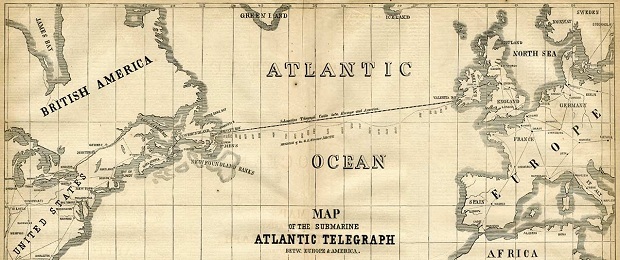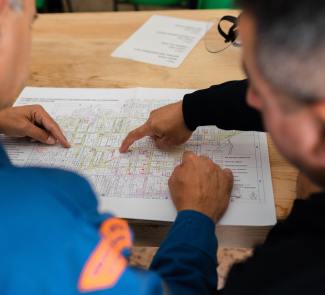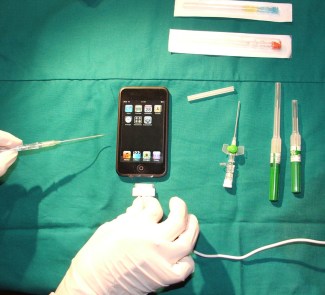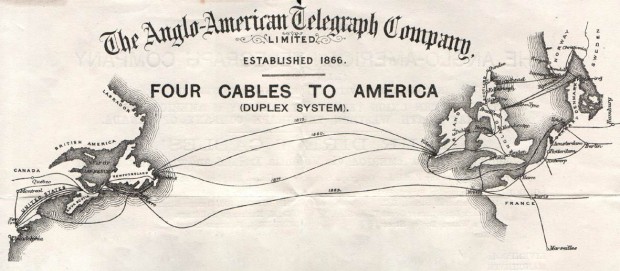
In 1850, with the expansion of the telegraph, it became necessary to connect two points separated by the sea: France and England. The closest point between the two countries is the Pas de Calais (located in the English Channel) and that’s where the first submarine cable was laid. Given the early period, it was made of copper. This first foray was somewhat disastrous because the signals suffered delays which, added to the rebounds and the absence of shielding on the cable, made the signal unrecognisable. The best thing that could have happened to this first cable occurred in 1851 when a fisherman’ nets got caught on it and broke it.
The failure of this first cable posed a challenge for the engineers of the time since they had to re-link France and England, though this time they would have to come up with a better technical solution. Such a solution came from Werner von Siemens, who developed a coating for cables (called gutta percha) that enabled them to function well underwater. This first success led to the expansion of the telegraph throughout Europe and Africa, linking the two continents and bringing this communication system to several islands.
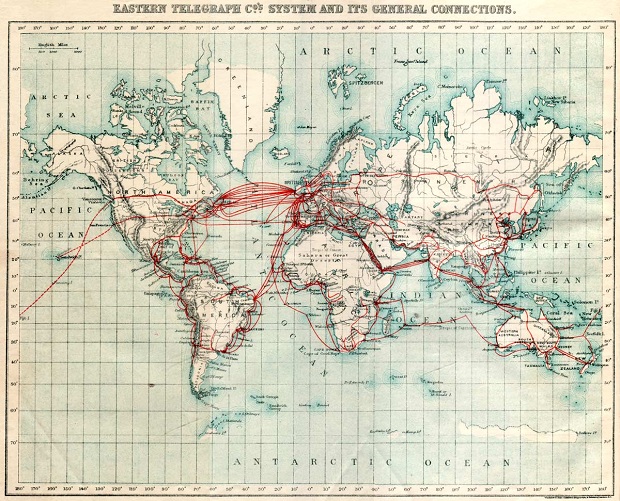
The next big challenge would come a few years later, with the submarine cable project that would link America and Europe, across the Atlantic Ocean. Two million dollars of the time were spent on the first submarine cable which united Ireland to Newfoundland (Canada) and it was commissioned on August 5, 1858. This project had a great impact on nineteenth-century society and, eleven days after its launch, it was used to send a letter between Queen Victoria and U.S. President James Buchanan. Despite all efforts, the cable broke down shortly after going into service and it took six years for a new one to be laid. The fault? Manufacturing and cable handling defects and poor signal voltage operation meant this cable only ever sent 732 telegrams.
The new transatlantic cable, which entered service in 1866, had much more robust shielding and was also much more resistant to torsion. For this project, one of the largest ships of the time, the Great Eastern, was used. The end result was a success (although, during the laying of the cable, the team suffered more than one setback) and at last a communication circuit was established between Europe and America. By the late nineteenth century, 15 cables would cross the Atlantic to join the Americas to the old continent, and many companies were founded to deploy this kind of infrastructure throughout the world.
The evolution of technology over the years was also apparent in this type of infrastructure. Undersea cables were first made of copper and had insulation and signal attenuation problems, two drawbacks that were overcome by improved insulating sheaths on the cables and with the installation of signal amplifiers along the route. In the ’60s, coaxial cable became the foundation on which to build this international communications infrastructure and deployment began of submarine cables that allowed transmission of 120-1800 analogue telephone channels.
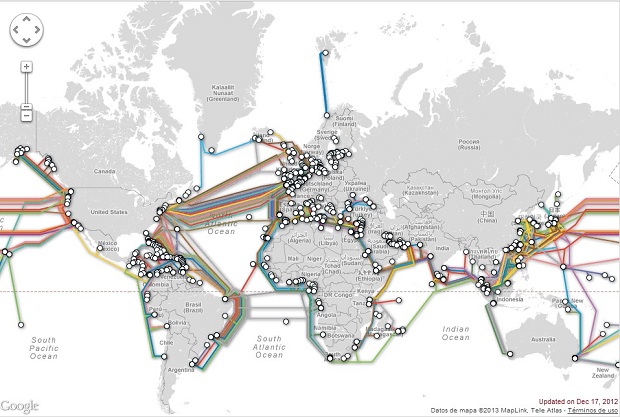
In the early ’80s, it became clear that the next generation of submarine cables to be deployed would be made using fibre optics and, in fact, in 1983, the laying of the last coaxial submarine cable was completed (it could carry up to 4200 simultaneous voice channels). From the mid ’80s until today, a great deal of submarine fibre optic has been laid (and is still ongoing). It is worth looking at some of the mapping applications available on the net to get an idea of the magnitude of these infrastructures.
If we consider that a submarine cable may contain a number of optical fibre pairs and that thanks, for example, to DWDM, it is possible to send more than one signal through the same optical fibre, the potential of the infrastructure deployed is enormous. Cables like Telefónica’s SAM-1 are able to offer 2Tbps and join the United States, Puerto Rico, Brazil, Argentina, Chile, Peru, Guatemala, Ecuador and Colombia; the SEA-ME-WE 4 (South East Asia-Middle East-Western Europe 4) has a capacity of 1.25 Tbps and joins France, Italy, Algeria, Tunisia, Singapore, Malaysia, Thailand, Bangladesh, India, Sri Lanka, Pakistan, UAE, Saudi Arabia and Egypt in a spectacular layout 18,800 kilometres long; and the SEA-ME-WE-3, the longest in the world with 39,000 kilometres of cable sets off from Germany and «touches» 39 points of the globe before reaching Japan and Australia.
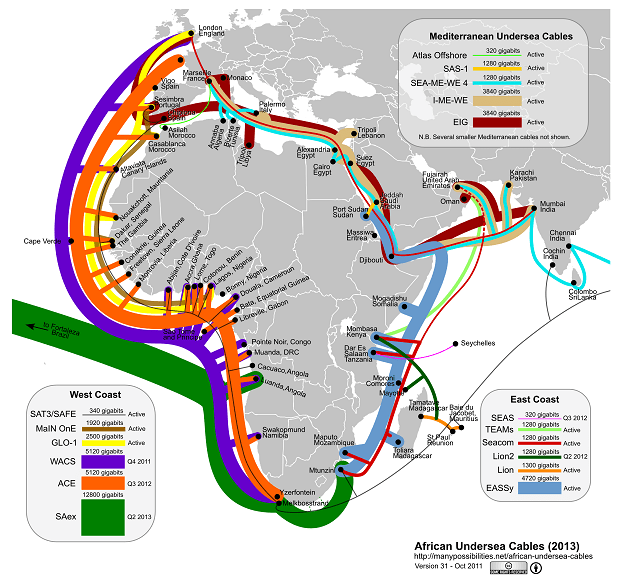
Although technology has evolved during this century and a half, the way of deploying this infrastructure has not changed much. It is still dependent on cable-laying ships that move slowly and lay the cable on the seabed and, of course, handle the repairs, which, as already seen , is no easy task.
It is interesting to take a look at web applications such as Cable Map to see the points where submarine cables «touch» our countries because, in some cases, you are probably in for a surprise or two.
Images: Atlantic Cable, Submarine Cable Map and Many Possibilities
